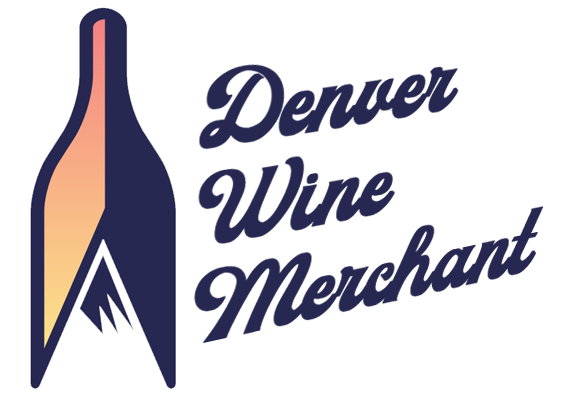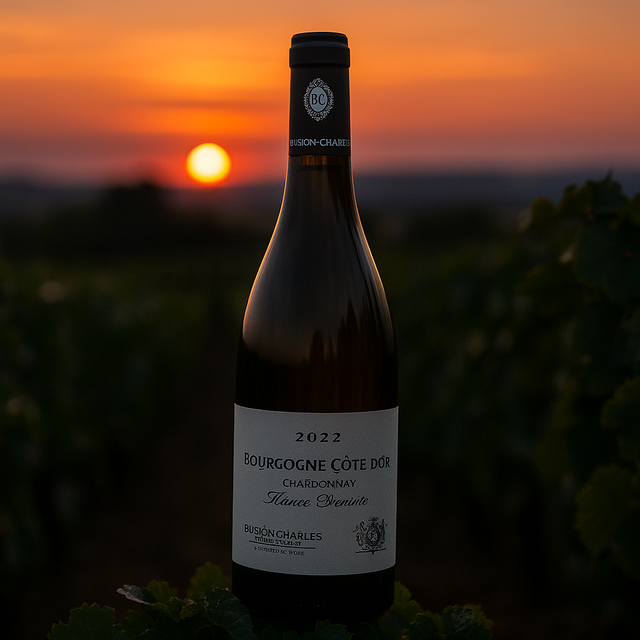Burgundy Club: July 2025
Greetings odd month Burgundy lovers (and anyone who lands here looking to learn about these wines)! This is the final month without a 1er cru version of the odd month club. This month everyone gets a killer Pommard and an overachieving Bourgogne Blanc. Now to the wines.
White - Buisson Charles Bourgogne Cote d'Or Haute Densité 2022:
A Burgundy club without at least one geek-level curiosity would feel incomplete, so this month we feature a super-charged Bourgogne Blanc—sourced from high-density plantings in Meursault and Puligny. These five tiny parcels are packed with 14–17 thousand vines per hectare, about double the regional norm, which forces each vine to fight harder for water and nutrients. This Naturally limits bunch size and yields berries with thicker skins, smaller juicier centers, and higher concentration. Louis Essa has been running the domaine since 2019 and is not only following in his parents' footsteps stylistically but continuously improving the domaine even further with innovations such as high-density farming.
High-density farming only works when yields per vine stay microscopic, so Louis green-harvests aggressively and caps the overall yield below 50 hl/ha. The fruit is pressed, gravity-fed into barrel, and aged a year in all used wood, then given another six months in tank to meld. This could be called a natural wine, but the style doesn't taste as such. It's a clean, minimal intervention Chardonnay meant to show off the minerality that comes from vines grown in the Cote de Beaune.
Stylistically Buisson-Charles is famous for picking a few days later than the neighbors, convinced that too many Côte de Beaune whites are harvested while still wiry and under-ripe. The extra hang-time delivers richer mid-palate weight, yet the house keeps things fresh by avoiding heavy toast and limiting new oak to moderate levels across the range (often 20-30 %, though this cuvée skips new barrels altogether). The result is a wine that marries Meursault’s creamy texture with Puligny’s linear spine—ripe orchard fruit, a whiff of hazelnut, and a salty limestone snap on the finish. Fans of this wine should also check out the three different 2023 Meursaults we just received from the same producer.
Louis now fronts the fourth-generation domaine, but his father Patrick Essa’s philosophy still rules: let the vineyard, not the oak, do the talking. With organic farming, native ferments, and a tiny amount of sulfur at bottling, “Haute Densité” shows how ambitious Bourgogne Côte d’Or can be when treated like premier cru.
Red: Lucien Muzard Pommard Les Cras 2022:
Note: This is the same red that was in last month's even month club, so below is the same write up to save you from having to jump back and find that blog.
The Muzards are proud to have been a wine growing family in Santenay since 1645 and somehow the wines are still rather unknown. Perhaps because Santenay hasn't been in favor for the market in the last few decades, but it once was considered to be among the best villages of the Cote d'Or. While the winery is based there, this wine comes from a few miles further north in the much more currently famous village of Pommard. The winery practices Biodynamics but is not certified.
Pommard and its southern neighbor, Volnay, are often compare to Gevrey and Chambolle in the Cote de Nuits. Pommard makes burly wines with firm tannins that need age, while Volnay producers elegant, perfumed Pinot Noir. The iron-rich clay of Pommard is considered to be the source of its tannins, while Volnay sits a bit higher with more pure limestone. There is a small creek that splits Pommard in half, and over time this brought alluvial clay soils into the village, whereas Volnays soils are mostly limestone scree: small chunks of limestone that have settled on the slopes over time from gravity. That small creek also forms a "Combe", or side valley cutting into the forest above, which provides cooler night air to Pommard than found in Volnay which does not have a Combe of its own.
What this means for the wine: Les Cras sits just below the 1er crus of Pommard, which sit midslope in the best positions. The name refers to limestone as there is a solid base of limestone below the clay-heavy marl topsoil, so the roots do dive deep into the fast draining limestone as the vines age. This particular block was planted way back in 1922! For all the reasons above, Pommard ends up producing Pinot with thicker skins, deeper color, and more pronounced tannins. This wine see about 15% new oak; enough to round it out but not enough to be an obvious quality of the wine. See the location of Les Cras here:

The wine is a beast and shows a touch of reduction upon opening - if you drink this in the next couple of years I'd recommend a short decant to help it express more of that ripe red fruit that Pommard shows. It can certainly age for many years, and luckily we were able to grab a lot of this wine, so we plan to keep some around for ourselves to enjoy in the distant future.


0 Comments
There are no comments for this article. Be the first one to leave a message!